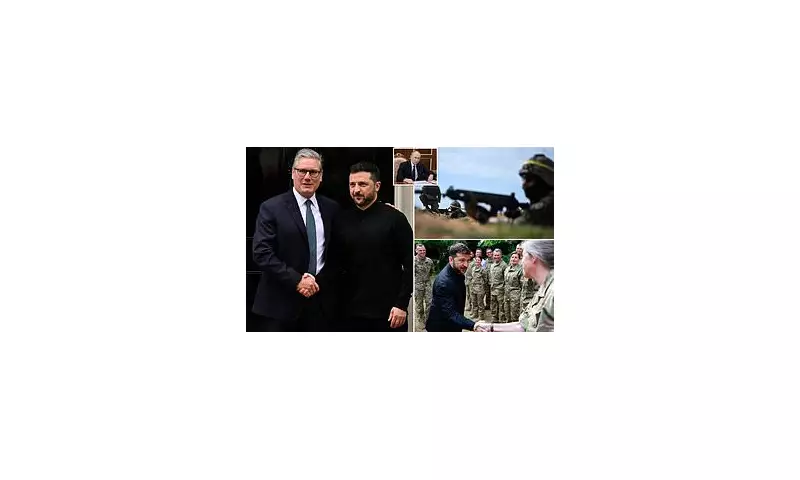
Behind the closed doors of the Ministry of Defence and Whitehall, a seismic strategic shift is underway. Senior British military commanders, in lockstep with their NATO allies, are engaged in the most critical contingency planning since the Cold War, actively drafting blueprints for potential direct intervention in Ukraine.
The previously unthinkable notion of Western 'boots on the ground' is now a central topic in high-level security discussions, moving from theoretical debate to tangible operational planning. This marks a dramatic escalation in the West's response to Putin's aggression.
The Stark Reality of a Stalemate
With the conflict grinding into a brutal war of attrition and Ukrainian forces stretched thin, allied patience is wearing thin. The fear of a frozen conflict that cedes Ukrainian sovereign territory to Russia is now a primary driver behind these new, aggressive preparations. The strategic calculus has changed; inaction is seen as the greater risk.
War-Gaming the Options: From Advisors to Combat Brigades
Military planners are reportedly evaluating a spectrum of involvement, each step carrying profound implications:
- Enhanced Training Missions: Moving volunteer training programmes from UK soil directly into Western Ukraine, a significant political statement in itself.
- Logistical and Advisory Roles: Deploying non-combat units to manage complex supply chains, maintenance for advanced Western hardware, and provide real-time strategic counsel closer to the front.
- Combat Deployment: The most contentious option—committing British and NATO combat brigades to secure and defend Ukraine's Western borders, freeing up seasoned Ukrainian troops for the eastern and southern fronts.
The Red Line Dilemma
Every scenario is fraught with peril. The fundamental question plaguing strategists is where Moscow's true red line lies. Would the deployment of non-combat engineers or air defence personnel in Western Ukraine be deemed a provocation worthy of direct retaliation against NATO? The intelligence community is divided, making political decision-making exceptionally hazardous.
A Divided Front: Hawks vs. Doves
This strategic pivot is not universal. Fierce debates rage within allied capitals. While Eastern European nations and powerful voices within the UK and US establishments push for a more forceful approach to ensure a Ukrainian victory, others in Germany, France, and Italy urge extreme caution, prioritising de-escalation and a negotiated settlement above all else.
The British Bootprint
The UK, under successive governments, has positioned itself as Ukraine's foremost European ally. The potential commitment of British forces would be a watershed moment, fundamentally altering the nature of the conflict and testing the resolve of the entire NATO alliance. The world now watches and waits to see if the plans on paper in London will ever become reality on the ground in Ukraine.





